Pearls
Types of Pearls
Natural pearls are the result of an irritant entering a mollusk's shell. To protect itself from the foreign substance, the mollusk secretes nacre to cover it. As layers of nacre are added, a pearl grows, usually in an irregular shape. It is quite rare to find a jewelry-quality natural pearl due to this irregularity.
Cultured pearls are produced the same way natural pearls are; however, the irritant is a shaped nucleus placed in the mollusk's shell intentionally. Because of the perfectly round base, cultured pearls are much more consistent than natural pearls.
Saltwater pearls are cultivated in the ocean, have a thinner layer of nacre than freshwater pearls and have a more brilliant luster. They are traditionally considered higher quality than freshwater pearls because of their luster, though new cultivation techniques are changing this conception. There are three common types of saltwater pearls.
- Akoya pearls have the highest luster of all pearl types. They are cultured in the cool to temperate coastal waters of Japan and China. Colors include rose, silver/white, cream, gold and grey/blue.
- South Sea pearls are some of the largest pearls available because they are created by Pinctada Maxima oysters, the largest pearl oysters in the world. Colors include silver, silver/pink, white, white/pink, white/gold and gold.
- Tahitian pearls are grown in the French Polynesian native Black Lipped Oyster. Colors include peacock, black, black/grey, silver/grey, black/rose, blue/black, black/green and eggplant.
Freshwater pearls are grown in lakes, rivers and ponds. New farming techniques have yielded freshwater pearls with luster to match or exceed saltwater pearls. Colors include white, pink, peach, lavender, gray, yellow and cream. In addition, artificial dyes are used to produce any color desired.
What to Consider When Buying a Pearl
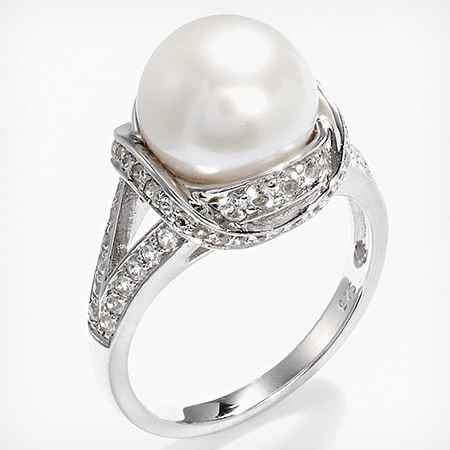
Size
Pearls are measured by diameter in millimeters. Because large pearls are rare, they generally increase in price as they increase in size.

Shape
It is difficult to create a perfectly round pearl. The closer to round a pearl is the more expensive it will be.
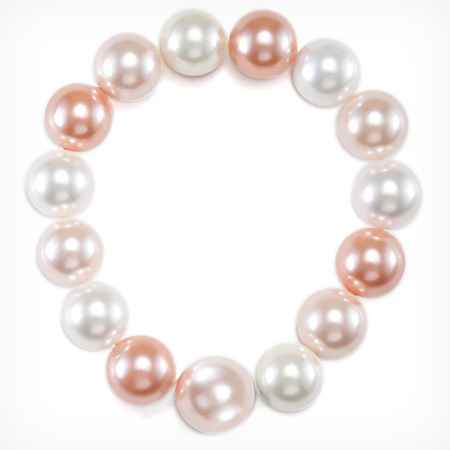
Color
Pearls can be found naturally in a wide variety of shades, and dye can be used to produce other vibrant hues.
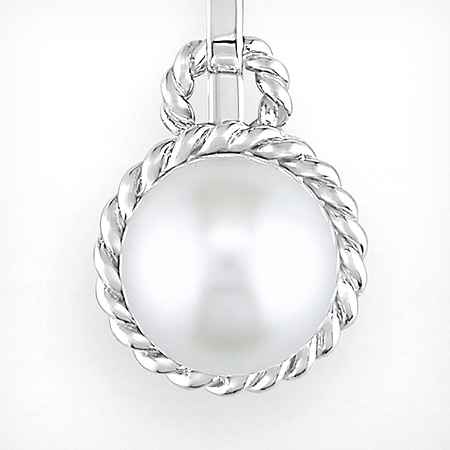
Luster
The more lustrous a pearl the more beautiful and desirable it is. Luster is the reflective, luminous shine characteristic of a high-quality pearl.
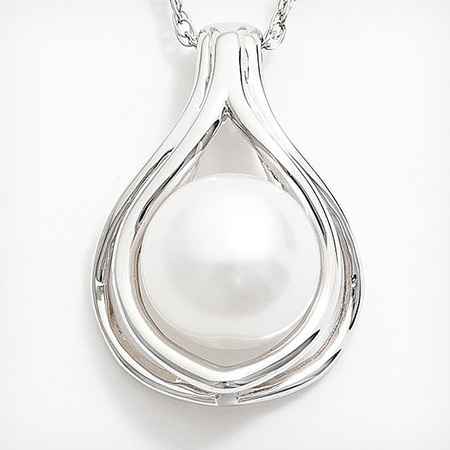
Surface Quality
Most pearls have slight imperfections because of how they are formed. However, a high number of such imperfections can take away from the beauty and durability of a pearl.
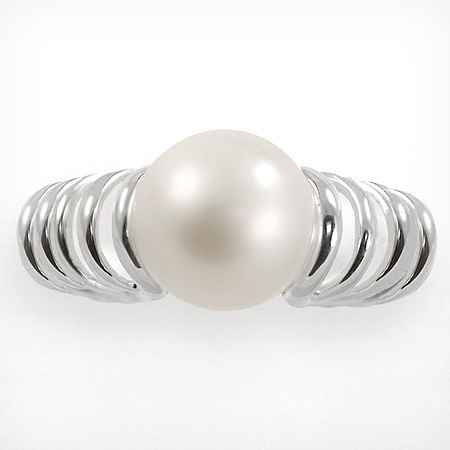
Nacre Quality
The thickness of a pearl's nacre coating helps determine its luster and durability. If the nacre coating is too thin, the pearl will have a dull or chalky appearance and the nucleus may be visible. A high-quality nacre coating will be thick and even.
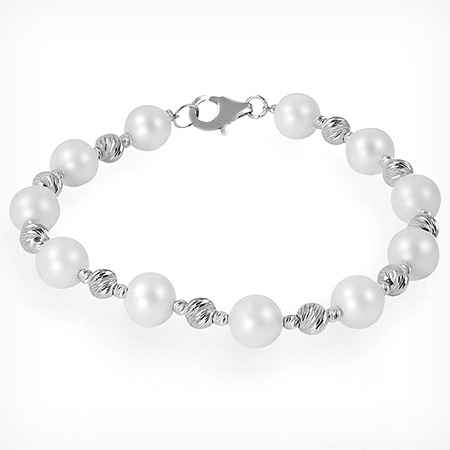
Matching
Unless a piece of jewelry is designed to have different colors, shapes or sizes of pearls, the pearls in strands and other multi-pearl jewelry pieces should match as closely as possible.